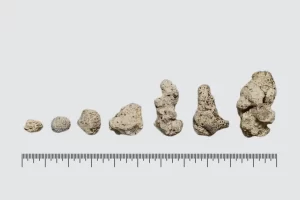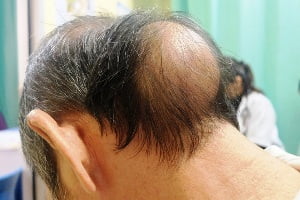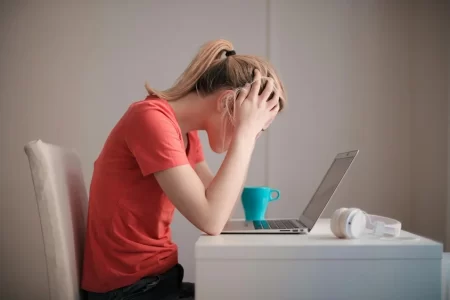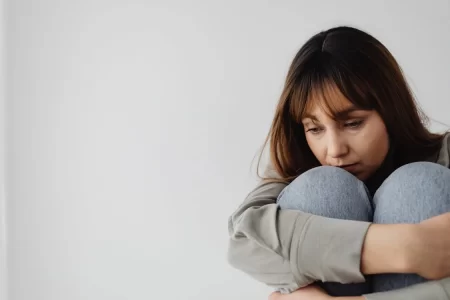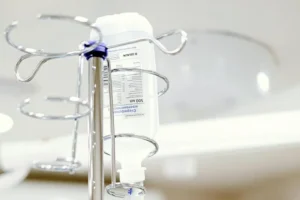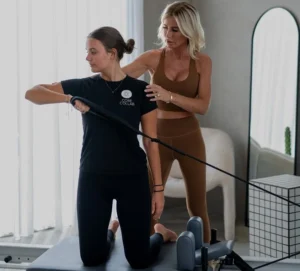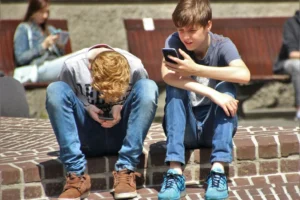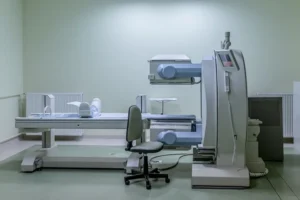Adolescent Mental Health: Intensive Therapy
- Updated on: Jul 31, 2024
- 3 min Read
- Published on Sep 21, 2022

Teenagers who are dealing with mental health problems are not alone. Depression is the most prevalent of the many mental health issues that teens encounter. More than 3 percent of children have depressive diagnoses, according to data from the CDC. Teenagers may sometimes benefit from ongoing outpatient counseling. Teenagers could need to remain at a residential inpatient hospital under various circumstances. Intensive outpatient programmers may interest people seeking a solution that falls somewhere between the two options.
Signs that teenagers this summer may need intensive therapy
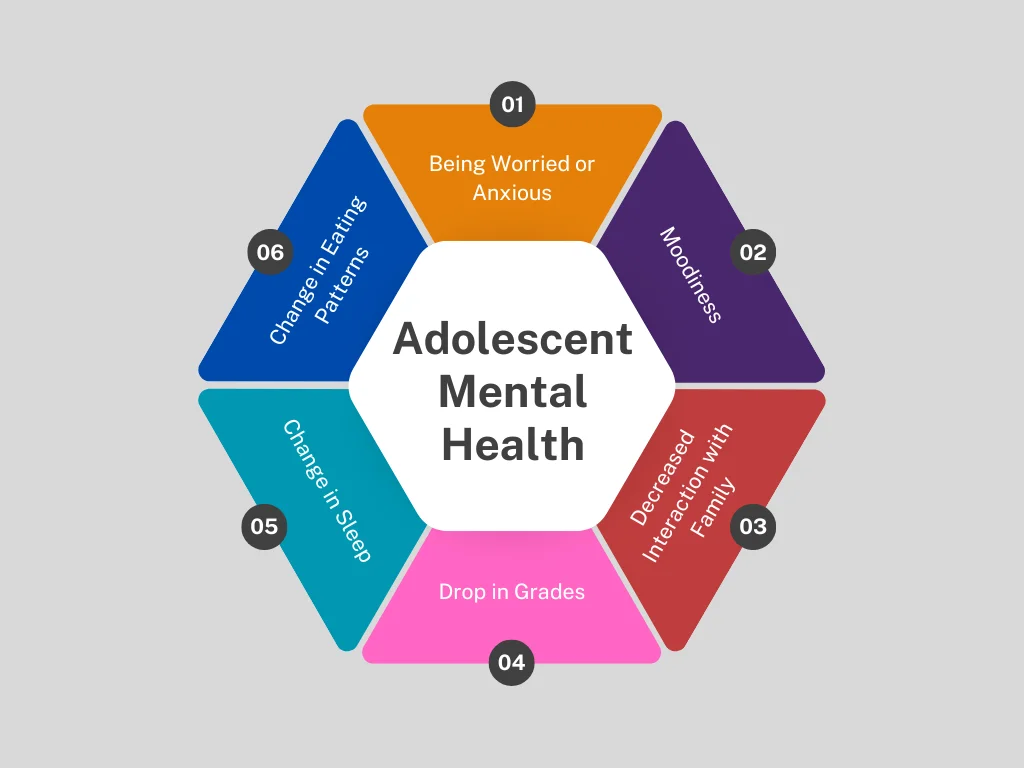
The following indications that an adolescent needs help this summer include:
- Teens’ sense of helplessness and stress has increased due to COVID-19: According to Centers for Disease Control and Prevention research, 44% of high school students indicated they had experienced a year of chronic melancholy or hopelessness.
- They misuse social media: It may be problematic when teenagers spend too much time on Instagram, Snapchat, TikTok, and other websites. They may encounter negative consequences, including peer pressure, rumors, and cyberbullying, which may exacerbate anxiety and sadness. They run the danger of developing a social media addiction.
- They isolate themselves too much: Depression may interfere with everyday life and need therapy. Excessive isolation, such as spending a lot of time alone in their room, might be a symptom of depression.
- They’ve stopped enjoying favored activities: An adolescent who abruptly stops enjoying things they used to like, like riding a bike or playing basketball, is another indicator of sadness.
Teenage Mental Health Treatment Options
You always want the best for your adolescent child or child, particularly in terms of their mental health. To support them in this aspect, you can explore the mobile application, which offers therapy sessions with qualified therapists. This platform provides a convenient and accessible way to connect with professionals who can assist your child in their journey toward improved mental well-being.
An impartial therapeutic, educational consultant can assist families in deciding on various youth mental health treatment alternatives to enhance their child’s wellbeing.
The following are some adolescent treatment options:
In-home therapy: Rather than having therapy sessions with your kid and family in a formal location like a therapist’s office, in-home therapeutic services provide regular, organized treatment for teens and their families in a home setting, at school, or in a secure place in the community.
Outpatient therapy: Outpatient treatment programmers provide your kid with the local support they need, enabling them to remain at home when they are not getting treatment to maintain a more regular daily schedule, stay in touch with family and friends, and continue to go to school or job.
Residential treatment programs are facilities where teenagers and young adults may get round-the-clock care while receiving therapy away from the pressures of family life. In a clinically focused, intense, live-in residential treatment facility, where they are constantly observed and watched over by experienced personnel, your kid may get a higher level of care.
Programs for rigorous therapy that run between 28 and 30 days are known as short-term residential programs. Teenagers and young adults stay at the treatment facility during that period, where your kid will follow a rigorous program of activities focused only on healing.
Intensive outpatient, inpatient, and partial hospitalization programs: Differences
Partial hospitalization is the next stage of care after an inpatient hospitalization. It is, however, more intensive than typical outpatient treatment.
Teenagers who exhibit severe mental symptoms are sent to partial hospital programs. While these symptoms may be challenging to treat, they may not need round-the-clock care. However, sun cloud health serve best teen partial hospitalization program participate in organized programming all day long. Additionally, PHP therapy is subject to various inpatient hospitalization regulations. Teenagers could be compelled, for instance, to leave their phones at home or to wear shoes without laces.
Teenagers leaving residential treatment may continue their rehabilitation in an organized and safe setting with the aid of intensive outpatient therapy. Teen Intensive Outpatient Programs (IOPs) are comparable to PHPs in this regard. However, they only stay for three to four hours daily, multiple days a week.
Services for Adolescents in a Partial Hospitalization Program for Adolescents
The following methods for adolescent therapy are included in a PHP:
Group therapy: Daily group therapy sessions provide patients with the chance to form positive connections, offer support to one another, and talk about how to recover.
Psychoeducational sessions: In psychoeducational groups, medical experts educate teenagers about the anatomy and physiology of the brain. As a result, they can favourably alter their cognitive patterns.
Individual counseling: A comprehensive clinical examination is initially carried out by experienced clinicians and psychiatrists. This establishes the particular requirements of each adolescent. A treatment team, therefore, develops a customized treatment strategy that includes a range of counseling and therapeutic approaches.
Family engagement increases the probability that the adolescent and the family will recover during family therapy sessions for teens. Teenagers may thus get well and succeed in their therapy.
